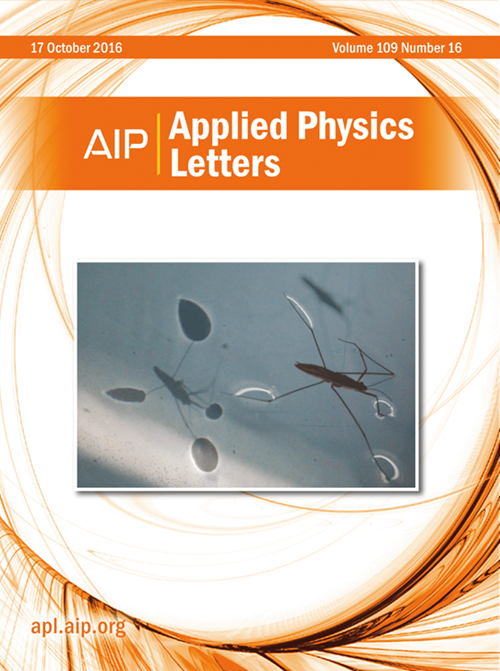Forward bias stress-induced degradation mechanism in β-Ga2O3 SBDs: A trap-centric perspective
IF 3.5
2区 物理与天体物理
Q2 PHYSICS, APPLIED
引用次数: 0
Abstract
This study explores the impact of constant forward electrical stress on beta-gallium oxide (β-Ga2O3) Schottky barrier diodes (SBDs) from the prospective of defect evolution. Prolonged stress significantly increased the reverse leakage current density (JR) and forward current density (JF) under small bias and decreased the turn-on voltage (Von). Temperature-dependent current-voltage (I-V-T) analysis revealed that the reverse leakage current is dominated by Poole-Frenkel (PF) emission in both fresh and stressed SBDs, while the forward current transport mechanism transforms from thermionic emission (TE) to trap-assisted tunneling (TAT) after stress. Deep-level transient spectroscopy (DLTS) results identified an intrinsic trap E2* (EC - 0.75 eV) within the β-Ga2O3 drift layer, which is likely a Ga vacancy-related trap. The consistency of this energy level with the PF barrier proves that the increase in this trap is the main reason for the increase in JR. The spatial distribution features that the increase in trap concentration near the metal-semiconductor interface is much larger than that inside the bulk, which establishes the association between this trap and JF under small bias and Von. These findings highlight the critical role of trap evolution in SBD performance degradation under electrical stress.求助全文
约1分钟内获得全文
求助全文
来源期刊

Applied Physics Letters
物理-物理:应用
CiteScore
6.40
自引率
10.00%
发文量
1821
审稿时长
1.6 months
期刊介绍:
Applied Physics Letters (APL) features concise, up-to-date reports on significant new findings in applied physics. Emphasizing rapid dissemination of key data and new physical insights, APL offers prompt publication of new experimental and theoretical papers reporting applications of physics phenomena to all branches of science, engineering, and modern technology.
In addition to regular articles, the journal also publishes invited Fast Track, Perspectives, and in-depth Editorials which report on cutting-edge areas in applied physics.
APL Perspectives are forward-looking invited letters which highlight recent developments or discoveries. Emphasis is placed on very recent developments, potentially disruptive technologies, open questions and possible solutions. They also include a mini-roadmap detailing where the community should direct efforts in order for the phenomena to be viable for application and the challenges associated with meeting that performance threshold. Perspectives are characterized by personal viewpoints and opinions of recognized experts in the field.
Fast Track articles are invited original research articles that report results that are particularly novel and important or provide a significant advancement in an emerging field. Because of the urgency and scientific importance of the work, the peer review process is accelerated. If, during the review process, it becomes apparent that the paper does not meet the Fast Track criterion, it is returned to a normal track.
 求助内容:
求助内容: 应助结果提醒方式:
应助结果提醒方式:


